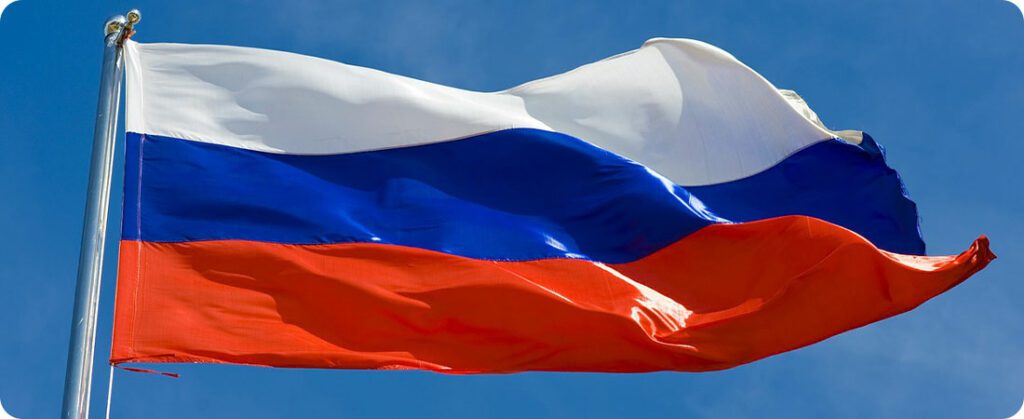
The Hedgepoint Global Markets Grains and Oilseeds report this week addresses the significant increases in grain futures contracts wheat. “In a market that is extremely sold on contracts traded in Chicago, bullish fundamentals can be boosted by “covering” movements of these short positions – and the headlines coming from Russia seem to have managed to initiate this movement”, comments Alef Dias, grains analyst and Macroeconomics from Hedgepoint.
Dry weather reduces estimates for Russian harvest
Just as we had done in our monthly call broadcast last Thursday (18), Sovecon – a consultancy specialized in the Russian market – also reduced its estimate of wheat production in Russia by 1M mt to 93M mt. This was the first reduction in the current cycle, due to the deterioration of harvest conditions in the south of the country”, notes Alef.
Southern Russia is the country's largest wheat-producing region, accounting for more than 40% of the total harvest. The main reason for the estimate revision is the dry weather conditions in southern Russia.
According to the analyst, “in the last 30 days, humidity levels in the region were between 60 and 80% of normal, with minimum temperatures 2 to 4°C above average. Due to the lack of precipitation, a moisture deficit is forming in the topsoil, and crop conditions have worsened.”
SovEcon estimates crop conditions to be average/slightly above average in Rostov and Krasnodar (Russia's two largest wheat producers) and slightly below average in Stavropol (third largest).
Adverse weather forecasts threaten harvests and drive up wheat prices
Over the next few weeks, leading weather models predict 60-90% of normal precipitation in the South, which, combined with high temperatures (2-4°C above normal), are unlikely to significantly improve moisture availability for plants in the region. Additionally, if the South does not receive significant rainfall in the next 2 to 4 weeks, the region could face a crop failure. However, this may be partially offset by relatively high yields in the Volga region and the Center, where harvest conditions still appear better than average. Furthermore, the weather is also beginning to worry those who will be planting the country's spring crop next month. Siberia, the main spring wheat producing region, has soil moisture below the lowest levels of the last 5 years”, he highlights.
“Headlines coming from Russia brought significant upward pressure to wheat contracts this week. Attacks on Ukrainian port infrastructure increase risks in grain transit in the Black Sea; consequently, concern about the Russian harvest grows.
Bad weather could harm the Russian harvest, impacting estimates, with room for a significant worsening in production if it continues to be unfavorable. Therefore, the harvest of the winter crop will only take place in July, and the planting of the spring crop will begin next month.
Finally, the Russian crop could support global wheat prices in the coming months, according to analysts.
Source: Hedgepoint Global Markets | Notícias Agrícolas














